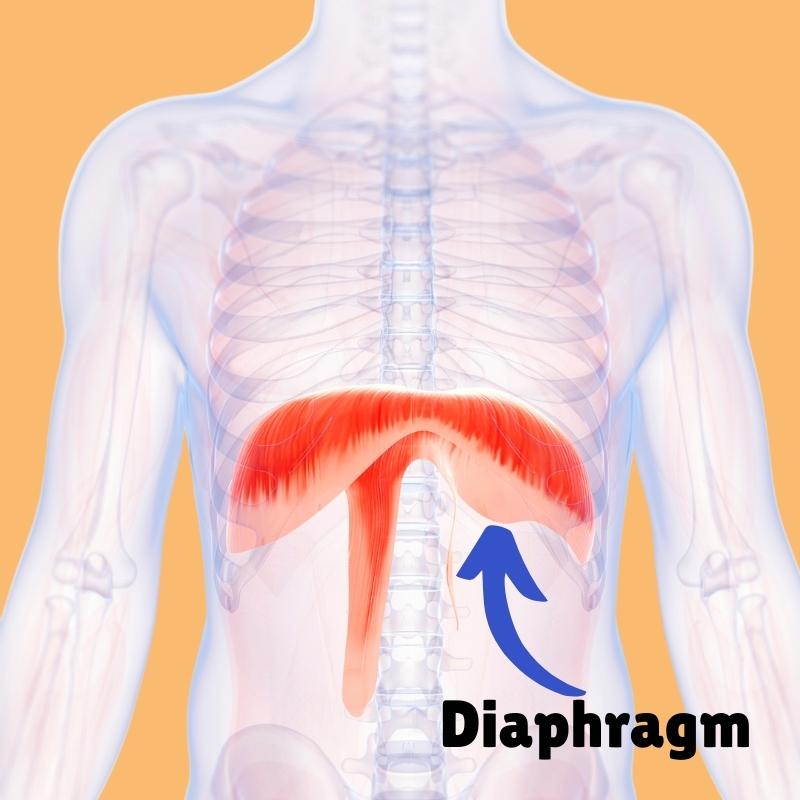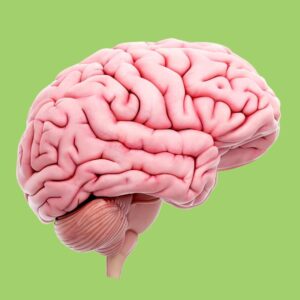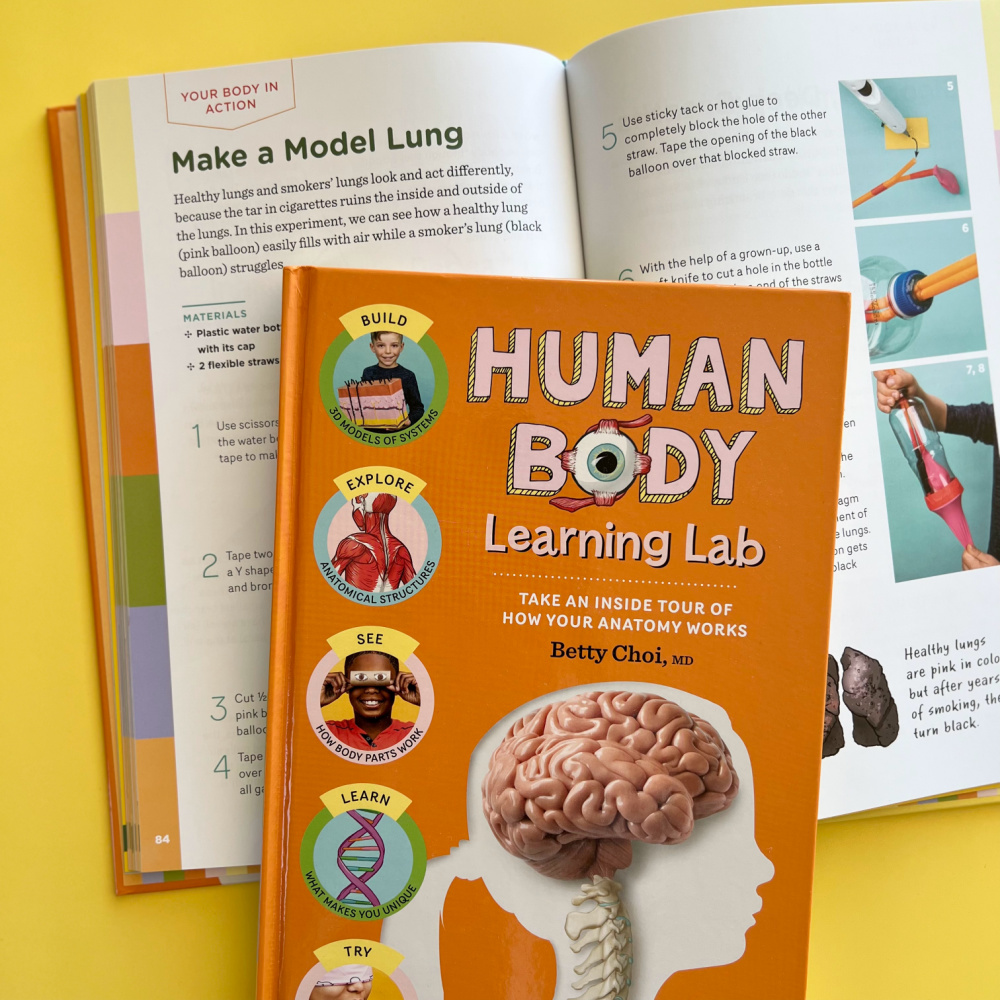How Does the Diaphragm Muscle Work? Watch This Video
Take a deep breath in…and out… Notice how your chest moves in and out with each breath. You can thank your chest muscles, especially the diaphragm, for helping your lungs work. Now, let’s learn some amazing facts about your diaphragm muscle!
Where is the diaphragm muscle in the body?

The diaphragm is a thin and wide muscle located right under your lungs.
Take a look at this picture of the diaphragm. What do you notice about the shape? You might think the diaphragm looks like a dome, parachute, or umbrella!
The diaphragm acts like a wall between your chest and abdomen. Since it extends from your left to right side and your front to back side, it separates your lungs from your stomach and intestines.
As a result, your lungs live “upstairs” in your chest, and your stomach and intestines live “downstairs” in your belly.
How does the diaphragm muscle work?
Most of the time, breathing happens automatically, even when you sleep and dream. Sometimes, you might choose to control your diaphragm, like when you hold your breath or pant like a puppy.
This happens because your brain sends signals through the spinal cord, which then goes down nerves to the diaphragm muscle.

How does the diaphragm help you breathe?
The 2 phases of breathing are (1) inhaling, which means breathing in air, and (2) exhaling, which means breathing out air.
- INHALE: When you inhale, the diaphragm muscle contracts (squeezes) and moves down. This makes the space inside your chest bigger, so air gets pulled into your lungs.
- EXHALE: When you exhale, the diaphragm muscle relaxes and moves back up. This makes the space inside your chest smaller, pushing air out of your lungs.
Video of the chest anatomy during breathing
Look at this cool video to see how your diaphragm and lungs work together to help you breathe in and out!
Surprising facts about the diaphragm muscle
Science experiment for kids: Make a working diaphragm model!

Check out Human Body Learning Lab, pages 84 to 85, for a cool way to make a lung model with recycled materials. The lung model activity shows how the diaphragm muscle works to help you breathe.
Human Body Learning Lab is filled with kid-friendly science facts, memorable experiments, diverse, realistic images, and practical health tips. Science Magazine recommends it as a “notable book in the genre.”
Learn more about how humans breathe!
Published on March 10, 2022. Updated on January 18, 2024 by Betty Choi, MD
Published on March 10, 2022. Updated on January 18, 2024 by Betty Choi, MD

Betty Choi, MD
Dr. Betty Choi is a Harvard-trained pediatrician who makes learning fun and doable. She created the kids’ anatomy book Human Body Learning Lab, which Science Magazine recommended as a “notable standout in the genre.”




